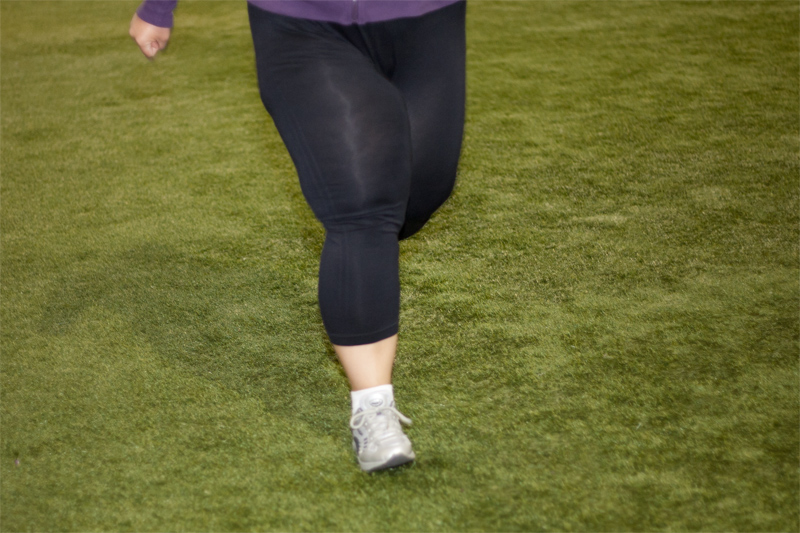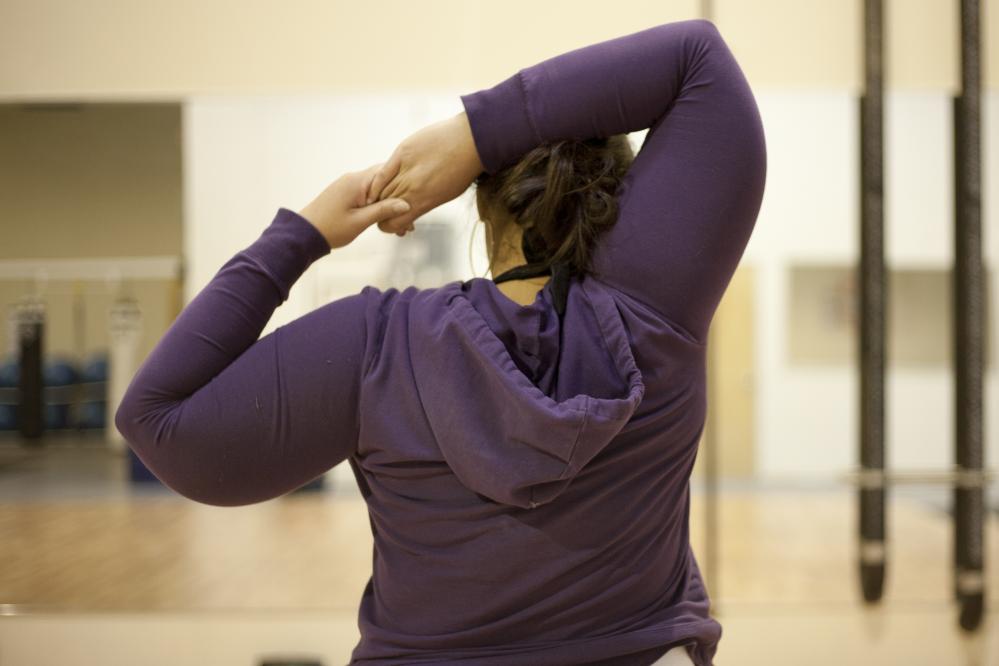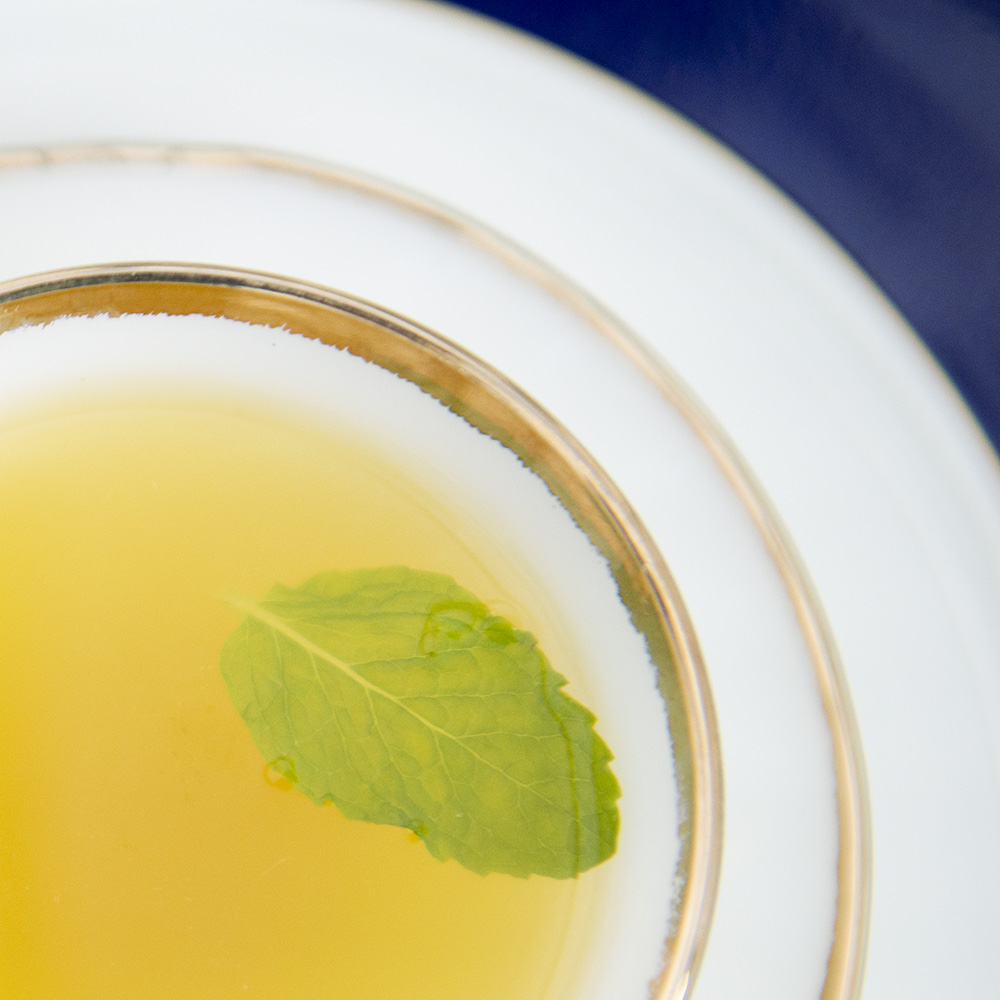What is Aerobic Exercise?
Cardiovascular exercise (or aerobic exercise) is any form of exercise that elevates your heart rate and causes you to break a sweat.
Aerobic activity is good for your heart and lungs
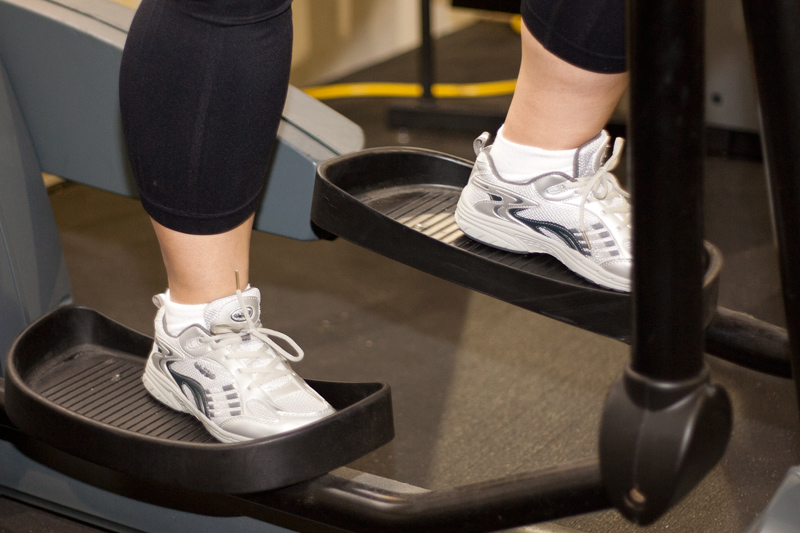
Cardiovascular exercise can be moderately intense or vigorously intense. Moderately intense cardiovascular exercise is any form of exercise that elevates your heart rate and causes you to break a sweat. During moderately intense cardiovascular exercise, you should be able to carry on a conversation with a friend. During vigorously intense cardiovascular exercise, you should also break a sweat and notice your heart beating faster. Vigorously intense exercise it too intense to be able to carry on a conversation with a friend as you exercise.
Cardiovascular exercise comes in many shapes and forms. Examples of cardiovascular exercise can include:
- Jogging
- Running
- Brisk walking
- Swimming
- Cycling
- Jumping jacks
- Dancing
- Aerobics
- Jumping rope
- Using an elliptical machine
- Playing sports
- Gardening
- Rowing machines
- Riding a stationary bike
If you have joint problems or an injury, you may want to consider the use of low-impact cardiovascular exercise. Low impact exercises provide you with the same benefits of a cardiovascular workout while placing little to no stress on your lower extremities.
Exercise 5 days per week and 30 minutes at a time
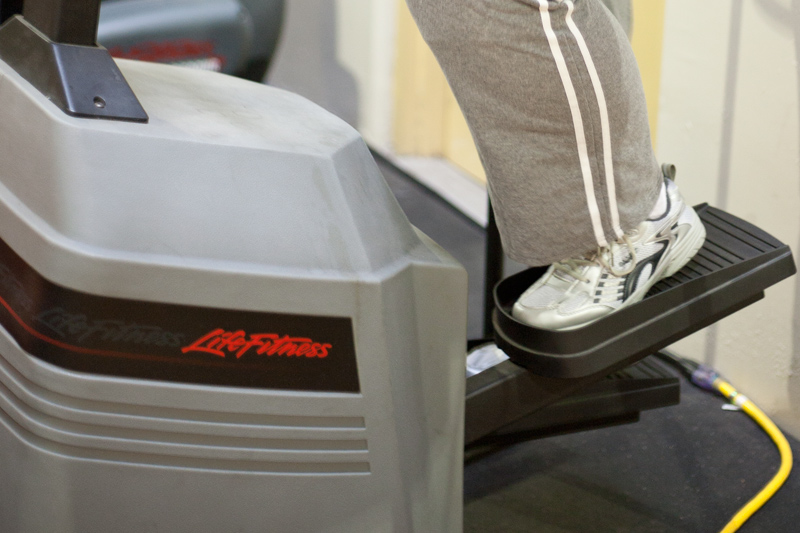
This type of exercise can be beneficial for those with overuse injuries, arthritis or osteoporosis. Low impact cardio can include swimming (provided you are comfortable in a swimsuit), cycling and using an elliptical or rowing machine.
Are you looking for a good exercise machine that is low-impact and can give you an effective cardiovascular workout? Consider using one of the following machines:
- Elliptical Machine
- Stair Climber
- Stationary Bicycle
- Rowing Machine
Low-impact exercise machines give you all the benefits of a complete cardiovascular workout with placing stress on your joints. This can make starting an exercise program this stressful on your joints as well as less painful.
Mix walking with a few minutes of jogging
